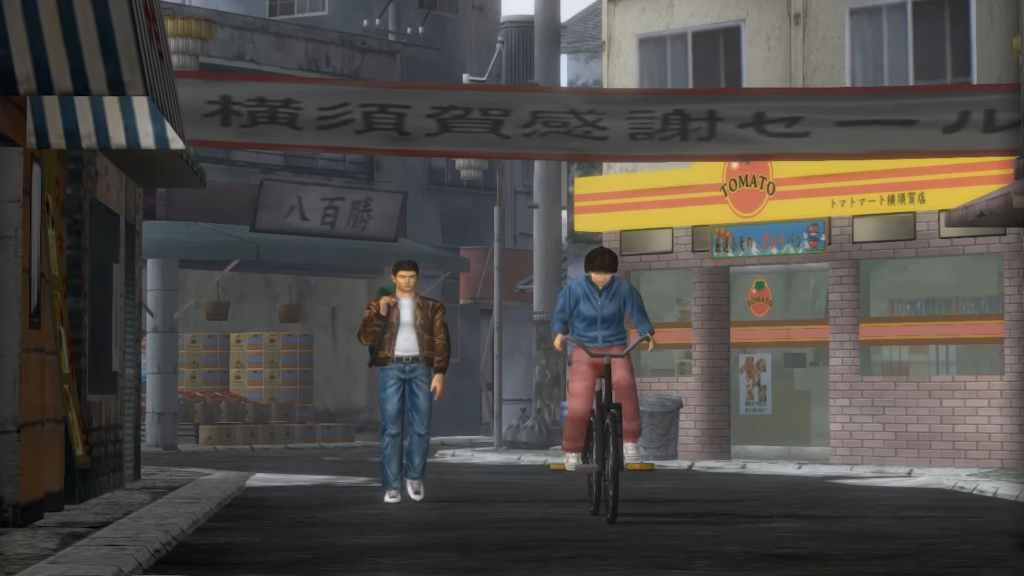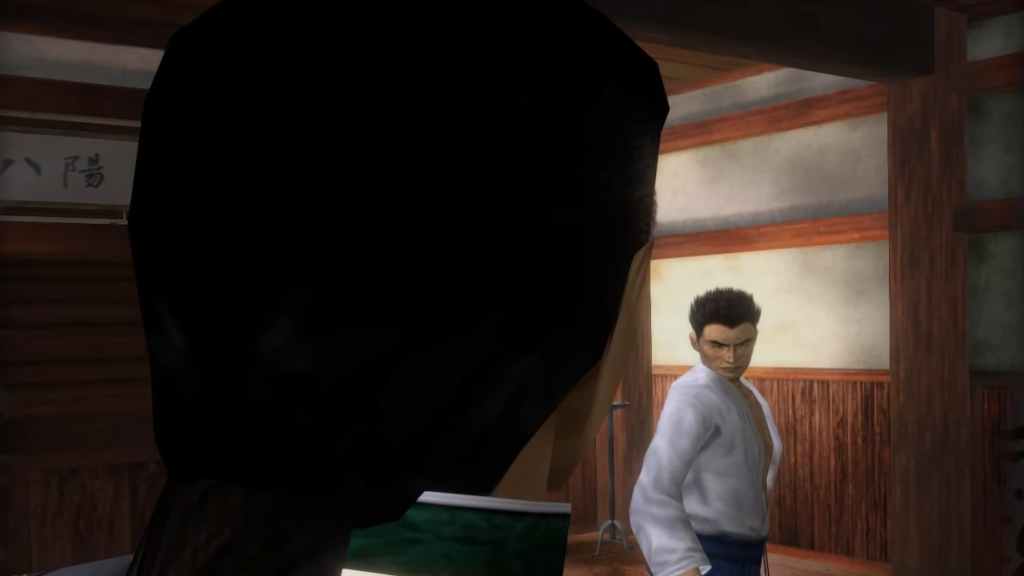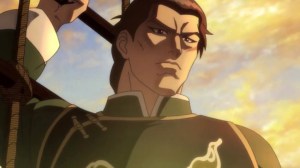Sega is known for many video game franchises, with Sonic the Hedgehog being its most well-known. While it is thriving today, it nearly failed in the late 1990s due to risking it all on one game. This game launched when the industry recently transitioned from 2D to 3D graphics, making development hard and competition more fierce. Cinematic storytelling, open worlds, and immersive realism were all things expected of games during this time, and these features weren’t cheap. Sega produced the most expensive game of its time 25 years ago, hoping it would secure the company’s place at the top of the gaming industry, but it didn’t.
Videos by ComicBook.com
Shenmue was to be Sega’s miracle game. It was given a massive budget and directed by Yu Suzuki, one of Sega’s most legendary directors and one of Virtua Fighter’s creators. The game sought to redefine what video games could be. It was an ambitious, sprawling, and cinematic project, part RPG, life simulator, and interactive movie that would secure the Sega Dreamcast’s future. Instead, the company’s huge bet nearly destroyed it.
Shenmue, the Most Expensive Game of Its Time

When Shenmue was released in 1999, it was the most expensive video game ever created. Estimates vary, but are generally placed between $47 and $70 million, which would be over $100 million today when adjusted for inflation. To put this in perspective, Shenmue’s cost to produce was more expensive than many Hollywood blockbusters of this era. This shows Sega’s ambition and desire to build more than a game, but a new kind of experience from the ground up.
Yu Suzuki’s vision was clear: he wanted to create a living world. The city of Yokosuka wasn’t just a backdrop—it was alive with detail. Every NPC had a name, schedule, and daily routine, stores opened and closed based on the time of day, and there were various mini-games. Players could play arcade games and feed cats. It also allowed players to pick up nearly any object in the environment, something that Bethesda would recreate with The Elder Scrolls V: Skyrim.
This ambition had a price, as Sega had to pour immense resources into making Shenmue work. The technology didn’t exist at the time, so the company had to create new engines, motion-capture systems, and secure voice acting pipelines. Then there was the enormous script, which featured over 500,000 lines of dialogue. An unprecedented amount of animation and recording had to go into bringing the game to life as well. The sheer scale pushed the Dreamcast to the limits, and ultimately, Sega as well.
A Game Ahead of Its Time — and a Console Behind It

When Shenmue hit the shelves, all of Sega’s resources and time paid off. Players and critics were stunned. It was a game like no other: deeply immersive, intimate, and unlike anything in the industry. Ryo Hazuki proved to be a compelling and likable protagonist. His quest for revenge led to surprising depth and heartwarming moments. The day-to-day elements like exploring his neighborhood, talking to shopkeepers, or just losing yourself in the daily life of 1980s Japan were so endearing.
Sega had created an experience that rewarded patience and observation. It went against other games that provided faster-paced experiences, leaning into the interactive cinema aspects of the industry. In this way, it was well ahead of the curve. Unfortunately, despite its many successful aspects, some negatives would lead to Shemue’s decline.
The most glaring is the Dreamcast. Shenmue pushed the console to its limits, showing how underpowered the console was. In the face of the upcoming PlayStation 2, the hardware couldn’t compete. Secondly, the gaming audience wasn’t quite ready for this type of slower and cinematic game. Even games like Final Fantasy VII that changed the genre through cinematic narratives offered a faster pace and were more appealing.
Timing ultimately proved to be the game’s downfall, and it nearly cost Sega everything. It sold roughly 1.2 million copies, which isn’t bad considering Shenmue’s niche genre. However, because of the production costs, this is only half the number Sega needed to sell. Shenmue would prove to be the final nail in the Dreamcast’s coffin and see Sega exit the console market to focus on software only.
The Legacy of a Shenmue’s Failure

It would be easy to call Shenmue a failure, and financially, this is true. However, when looking at it creatively, it changed the industry forever. The game’s concept of a persistent world, from fully-realized NPCs to immersive small details, would shape gaming, especially the open world genre. Its influence can be seen in games like Yakuza, Persona 5, Grand Theft Auto V, and Red Dead Redemption 2.
Shenmue developed a cult following and would go on to see two new entries in the series, with Yu Suzuki hoping to continue the series further. It felt personal, not just a revenge story but one that explored a reflection of life itself. It was slow, deliberate, and filled with quiet beauty through mundane moments. These were the soul of the experience and the reason why fans love the game.
Sega’s tragedy and mistake was its overreliance on Shenmue, especially on the Dreamcast. Had it opted to release on the PlayStation 2 and taken advantage of the better hardware, the series and company could have had a different future today. Or, if Sega had aimed a little smaller with a few cuts on the first game, the sequel could have fully realized Suzuki’s vision on a later console.
Looking back more than 25 years, Shenmue feels like a monument to both the potential and peril of creative ambition. Sega willingly bet everything on the game, but the pursuit of this dream nearly broke it. In retrospect, it is clear to see the financial mistakes of Shenmue, but one has to acknowledge how different the gaming industry would be without this massive gamble, so in some ways, Sega’s choice paid off in the end.
What do you think? Leave a comment below and join the conversation now in the ComicBook Forum!









